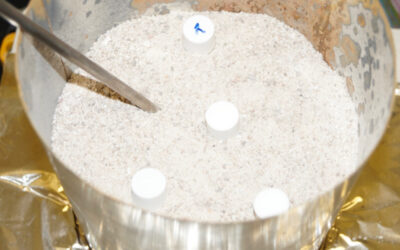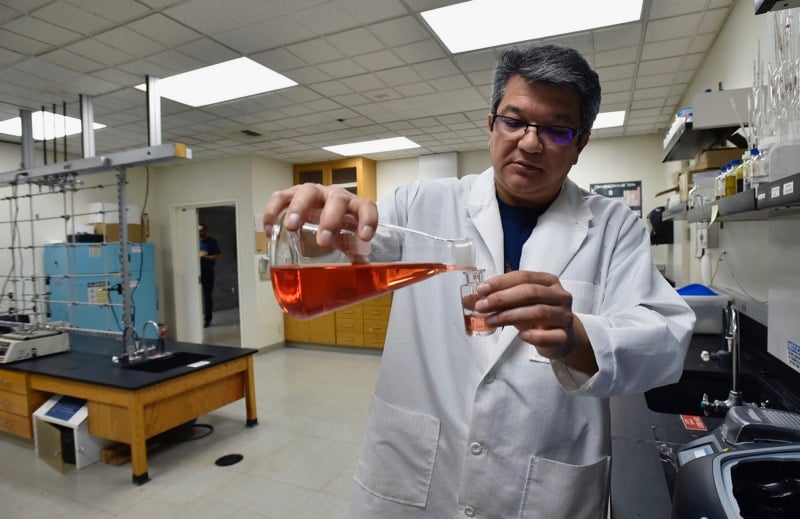Featured research by DRI’s Kristin VanderMolen, Ben Hatchett, Erick Bandala, and Tamara Wall.
In July and August, daytime temperatures along parts of the US-Mexico border can reach as high as 120 degrees – more than 20 degrees above normal human body temperature. For agricultural workers and others who live and work in the region, exposure to these extreme high temperatures can result in serious health impacts including heat cramps, heat exhaustion, heat stroke, and heat-related death.
Engineered Processes for the Separation and Degradation of Microplastics in Freshwater
the researchers will use acoustic focusing and electrocoagulation to separate microplastics from freshwater effluents and determine the removal process mechanisms.
Researchers identify connection between more frequent, intense heat events and deaths in Las Vegas
Photo: Hotter temperatures and longer, more frequent heat waves are linked to a rising number of deaths in the Las Vegas Valley over the last 10 years. Las Vegas, Nev. (June 4, 2019) - Over the last several decades, extreme heat events around the...
Meet Erick Bandala, Ph.D.
Erick Bandala, Ph.D., is an assistant research professor of environmental science with the Division of Hydrologic Sciences at the Desert Research Institute in Las Vegas. Erick specializes in research related to water quality and water treatment, including the use of...



